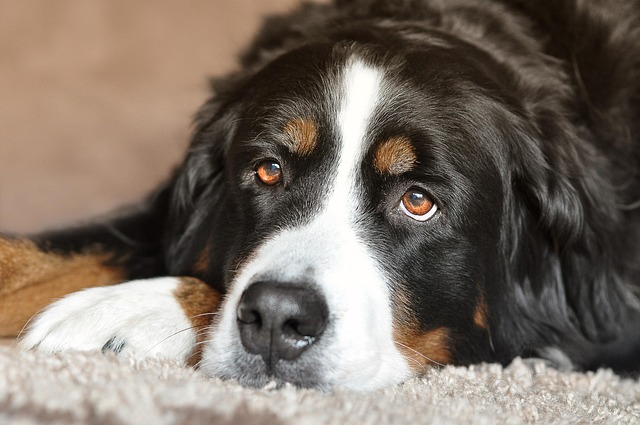
Symptoms and Treatment of Canine Coronavirus
Canine coronavirus often flies under the radar until it hits a household, catching even seasoned dog owners off guard.
Imagine you’re in your Chicago apartment, sitting on the floor with your 1-year-old Corgi pup while they chew a rubber toy. You lean in to praise them, and a faint, sticky film on their back teeth catches your eye—plus, their breath smells more “doggy” than usual. You grab your phone, type “can I reverse plaque on my dog's teeth,” and hold your breath, hoping the answer is yes. If this feels relatable, you’re one of millions of new U.S. dog owners who’ve panicked over that yellowish gunk on their pup’s teeth—and the good news is, some plaque can be reversed, with simple steps that fit even small apartment life.
Here’s the no-jargon science: Plaque is a soft, sticky mix of food bits, bacteria, and saliva that sticks to teeth after meals. The key difference? Fresh plaque (less than 24–48 hours old) is soft enough to scrape off at home—this is the kind you can reverse. But if you skip cleaning it, it hardens into tartar (that crusty, yellow-brown stuff near the gums) in 3–5 days. Tartar is too tough for home fixes—you’ll need a vet to remove it. My friend in Austin learned this: She noticed her Lab’s plaque on a Sunday, started cleaning it that night, and by Wednesday, most of it was gone. But when her neighbor waited two weeks, their Shih Tzu’s plaque turned to tartar, and they had to book a vet visit. So timing matters—catch fresh plaque early, and you can reverse it.
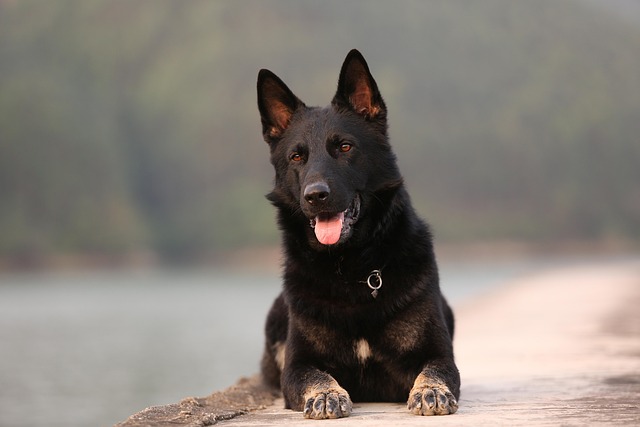
Let’s break down the easy, at-home steps to reverse fresh plaque. First, brush their teeth gently: Use a dog-specific toothbrush (small heads work for tiny mouths!) and toothpaste (never human stuff—it’s toxic). Start with 10 seconds: Rub the brush on the plaque-covered teeth, give a tiny freeze-dried chicken treat (positive reinforcement makes it fun, not a fight), then stop. Build up to 30 seconds a day—this scrapes off fresh plaque before it hardens. Second, swap treats for plaque-fighting picks: Choose VOHC-sealed dental chews (the U.S. standard for breaking down soft plaque) or frozen green beans—crunchy textures rub away gunk while your pup chews. For apartments, pick quiet dental toys: Rubber Kongs stuffed with a little plain peanut butter (freeze it!) let your dog chew for hours without annoying neighbors (no loud rawhides at 7 PM!). Third, wipe their teeth after meals: Keep a pack of dog-safe dental wipes by their bowl—swipe their teeth for 5 seconds post-dinner to catch plaque before it sets.
Don’t forget U.S. rules and community norms that tie into plaque care. First, keep your dog’s rabies vaccine up to date—most vets won’t do a tartar cleaning (if plaque hardens) unless shots are current, and many dog parks in Denver or NYC require vaccine tags. Always carry waste bags on walks: Leaving poop behind is illegal (I saw a dad get a $35 ticket in Seattle last week!) and lets your dog eat bacteria-filled dirt that adds more plaque-causing gunk to their mouth. In apartments, store dental products (toothpaste, chews) in high cabinets—dogs love to sneak snacks, and too many chews can cause an upset tummy. Most importantly, never punish your dog for resisting teeth brushing: Yelling or holding their mouth shut goes against U.S. animal welfare standards (the ASPCA calls this “trust-breaking”). If they squirm, take a break, give a treat, and try again later—patience beats force.
If you see hard tartar (not soft plaque), call a vet ASAP—they’ll scrape it off safely. But for fresh plaque? These steps will reverse it, leaving your pup with fresher breath and cleaner teeth. Before long, you’ll stop noticing that sticky gunk—and start loving those slobbery kisses again.

Canine coronavirus often flies under the radar until it hits a household, catching even seasoned dog owners off guard.

Imagine you’re in a frigid Minneapolis morning, zipping up your parka while your 8-month-old Chihuahua mix, Lua, paws at the apartment door—excited for her walk
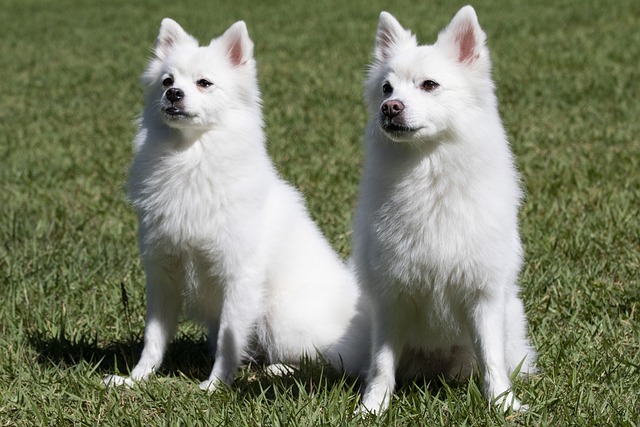
That moment your dog lifts a paw and whimpers during a chilly winter walk is a clear sign that the cold ground is more than just uncomfortable.

Imagine you’re in your Chicago apartment, sitting on the floor with your 1-year-old Corgi pup while they chew a rubber toy.
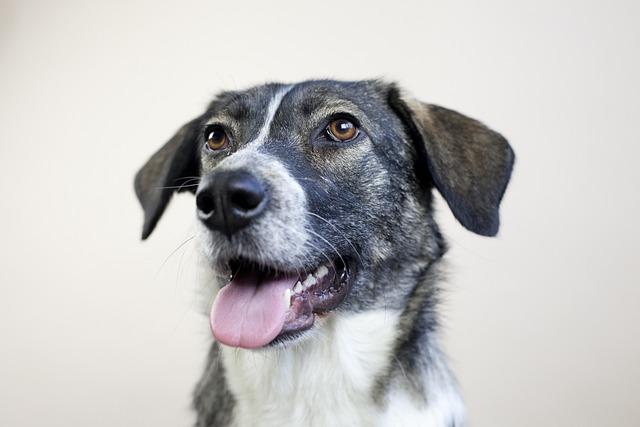
Finding your dog turning up its nose at dinner and then retching up a bright yellow fluid is enough to make any pet parent’s heart race.
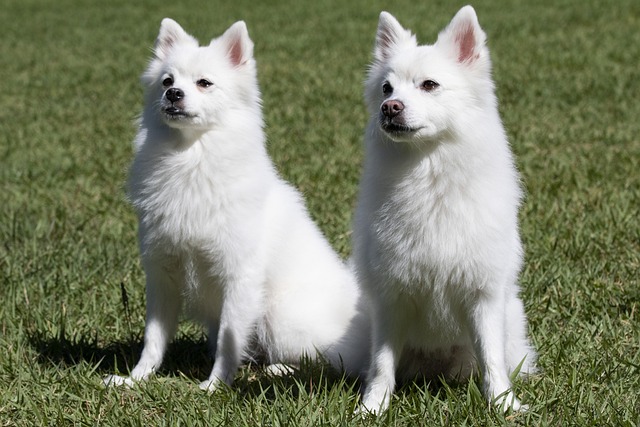
Imagine you’re in your Los Angeles apartment, kneeling down to give your 1-year-old Bichon Frise a scratch behind the ears.